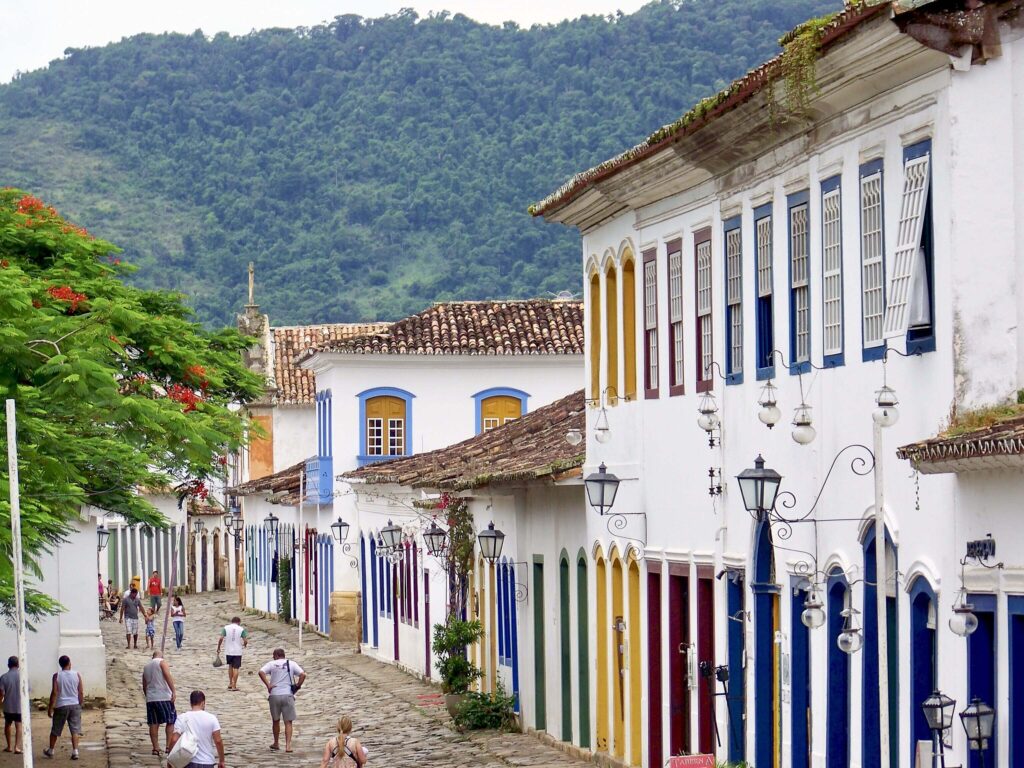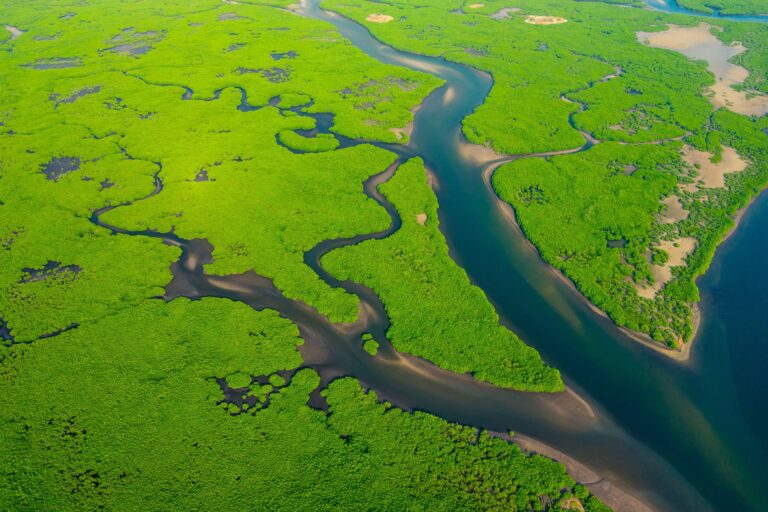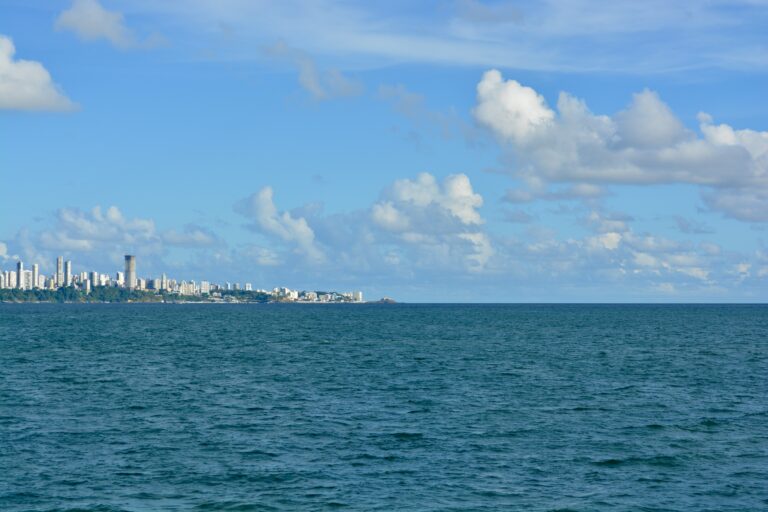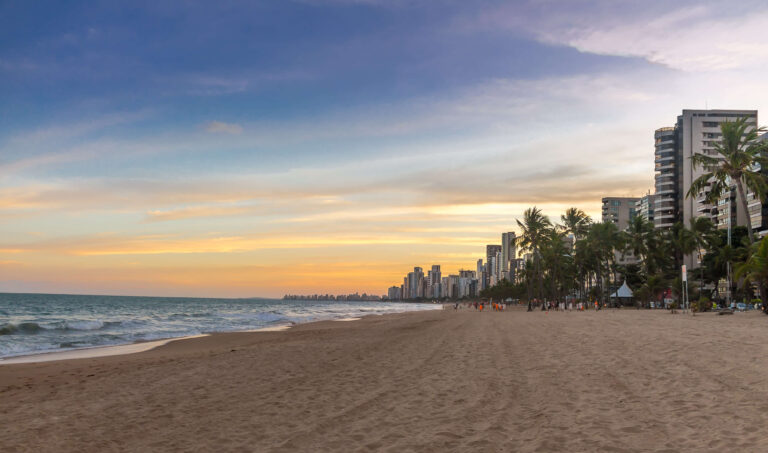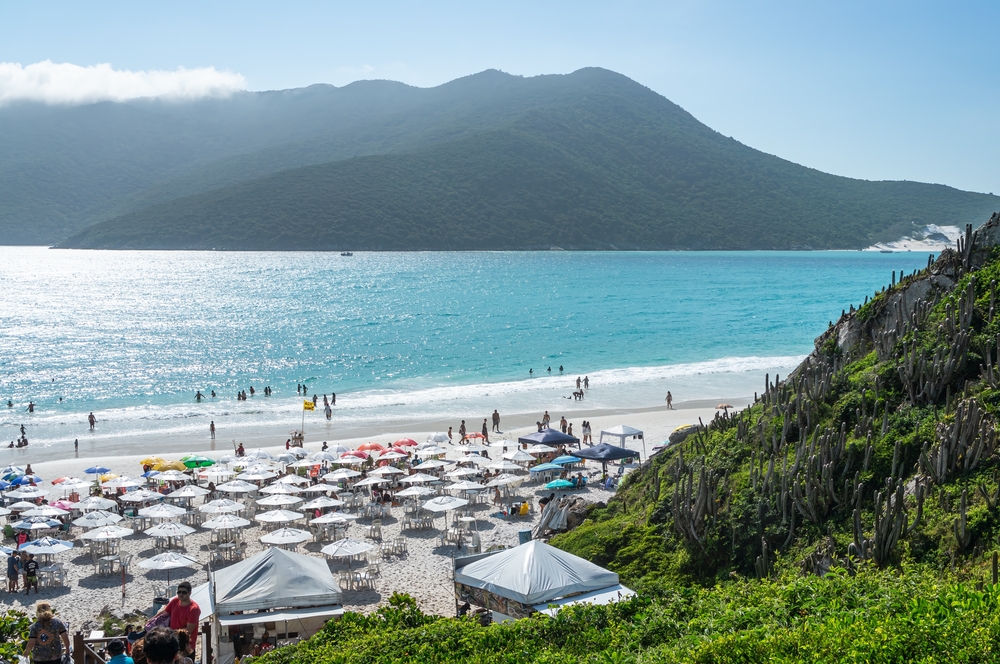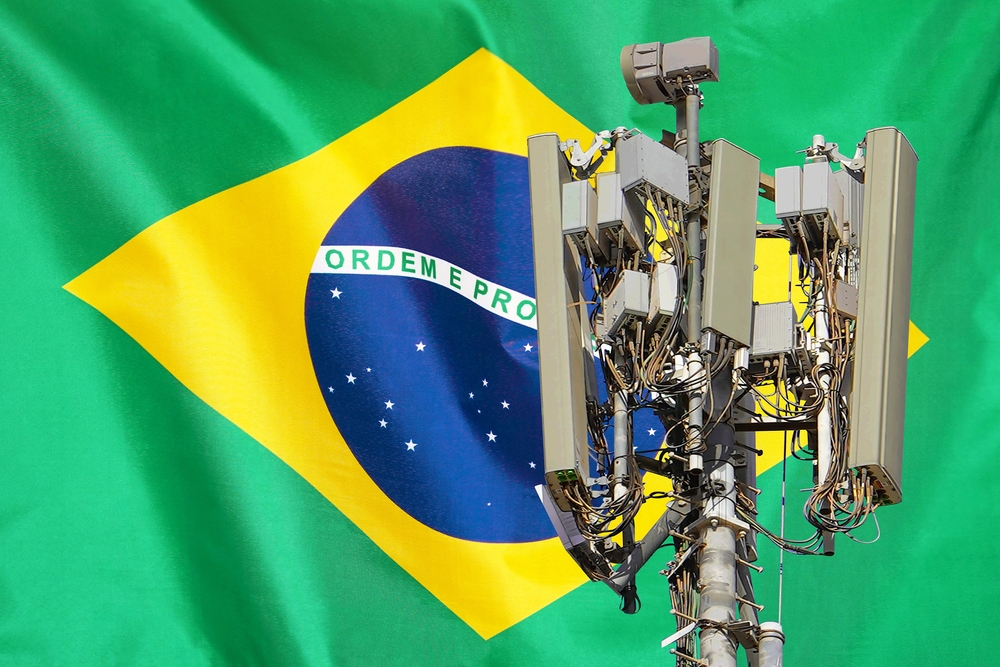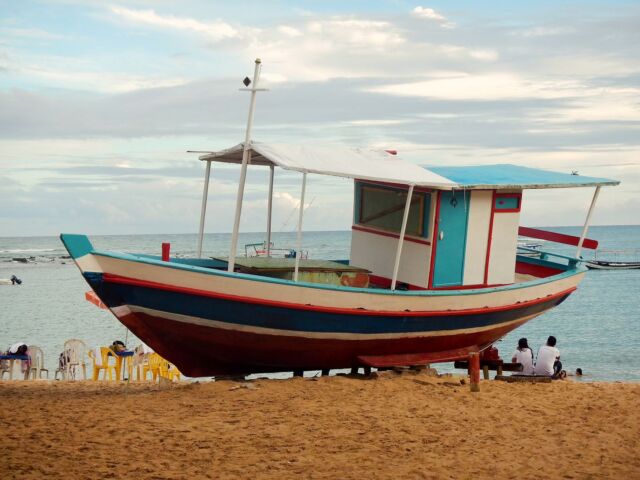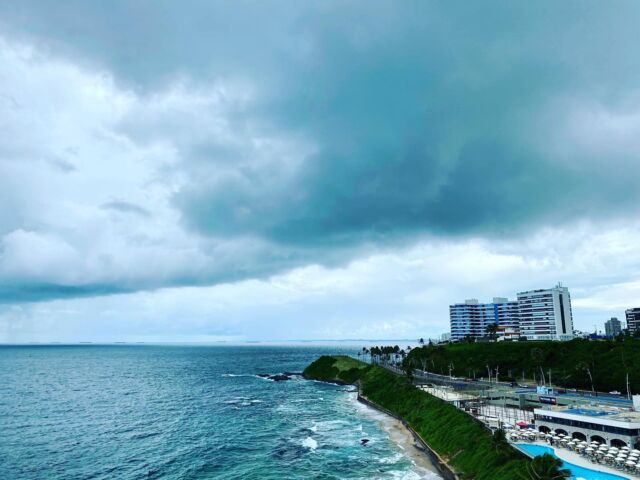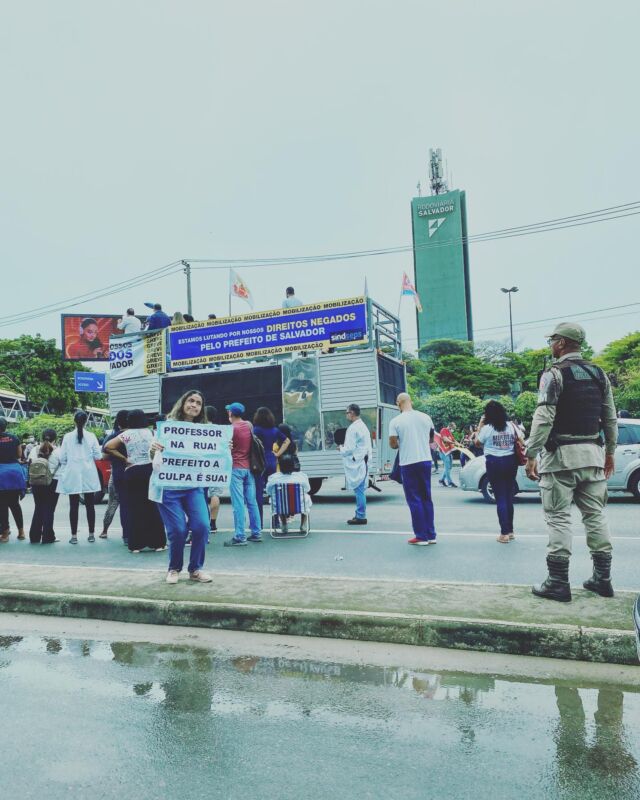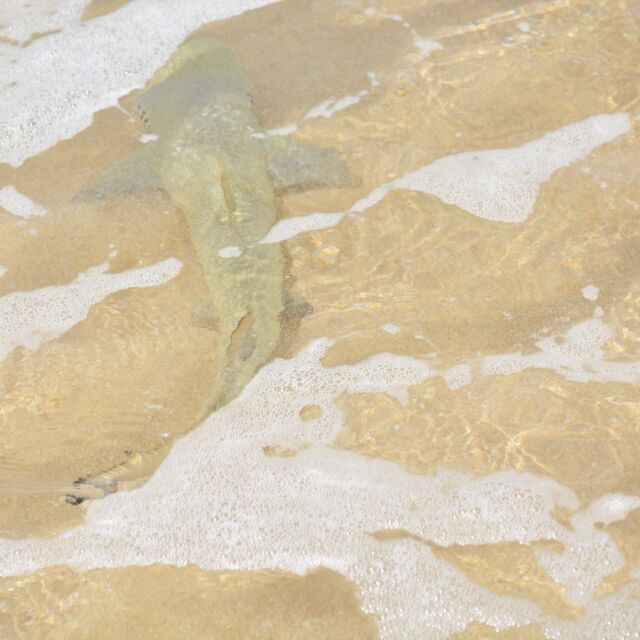Portuguese colonization of Brazil began in the early 16th century. The year 1533 is significant because it was around this time that Portugal started to truly assert control over the region.
The Portuguese first made landfall in Brazil in 1500 during an expedition led by Pedro Álvares Cabral. The Portuguese claimed the territory and named it “Terra da Vera Cruz” (Land of the True Cross). Initially, the Portuguese Crown didn’t show much interest in the territory, focusing more on their possessions in Africa and Asia due to the lucrative trade in spices and other commodities.
However, the discovery of brazilwood, a valuable source of red dye, and later sugar, led to increased interest in Brazil. For the first three decades of the 16th century, the Portuguese Crown granted rights to the extraction of brazilwood to private individuals in exchange for a tax, but the absence of any central authority led to frequent conflicts between the Portuguese, the native population, and foreign intruders.
In an attempt to effectively occupy and administer the newly discovered territory, in 1534 (some sources mention 1533, but most agree on 1534), King John III of Portugal divided the territory of Brazil into hereditary captaincies (or “Capitanias Hereditárias”), a system that had been successful in the colonization of the Madeira and Azores islands. The territory was divided into strips of land that were donated to Portuguese noblemen, who were in turn responsible for the colonization and administration of their land. The Crown retained control over certain strategic points, such as the island of São Vicente.
However, the system did not work as expected in Brazil. The captaincies were isolated from each other, faced hostile native tribes, and suffered from a lack of resources. Only a few, like Pernambuco and São Vicente, managed to prosper.
The failure of the captaincies led to the Crown directly assuming control over the administration of Brazil in 1549 with the establishment of the Governorate General, marking the beginning of direct royal governance in Brazil. The first Governor General was Tomé de Sousa, who established the capital in Salvador.
Thus, the year 1533 is part of a crucial period that marked the transition from the initial exploratory and resource exploitation phase to more systematic efforts to colonize and administer Brazil by the Portuguese.

